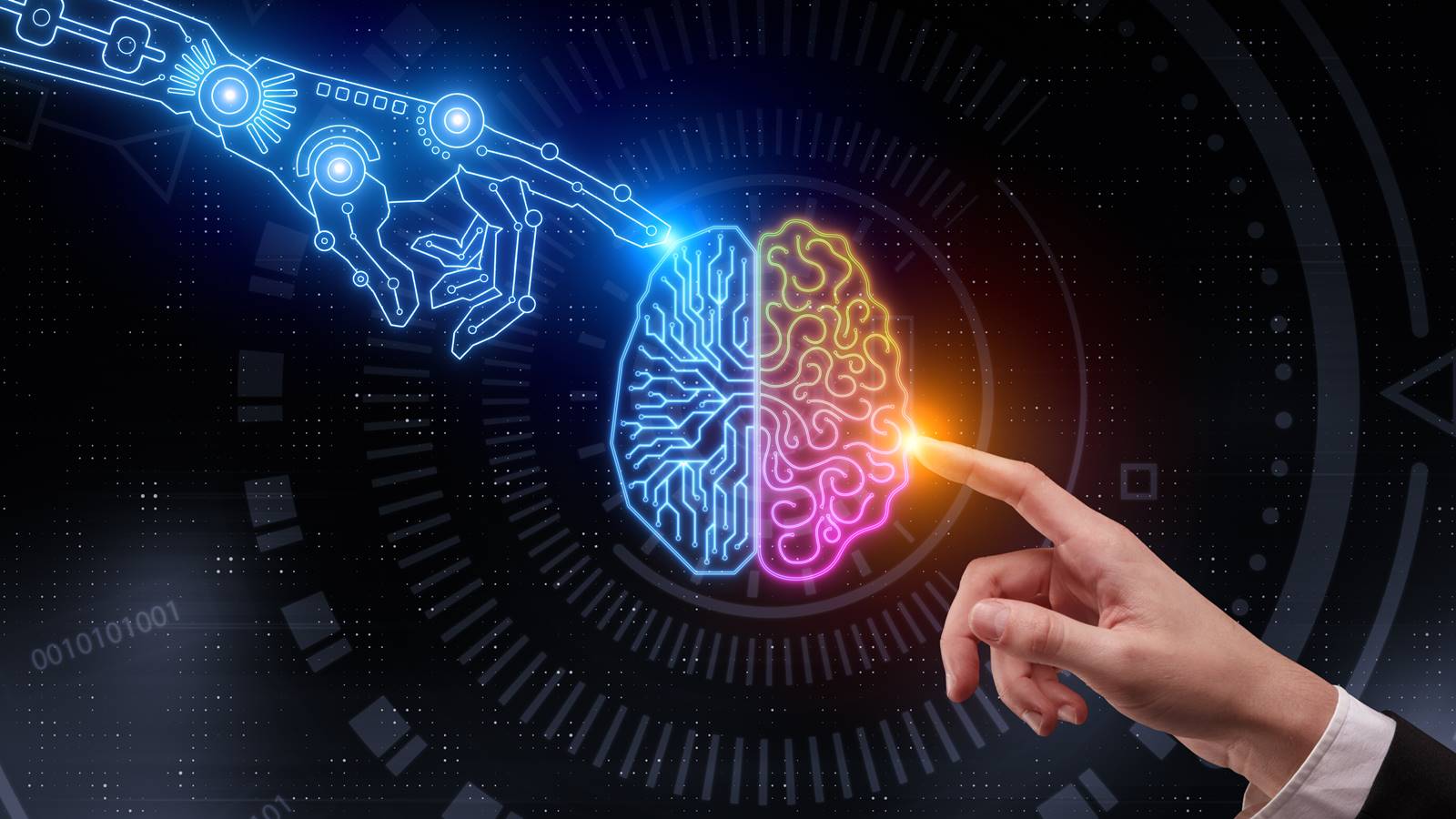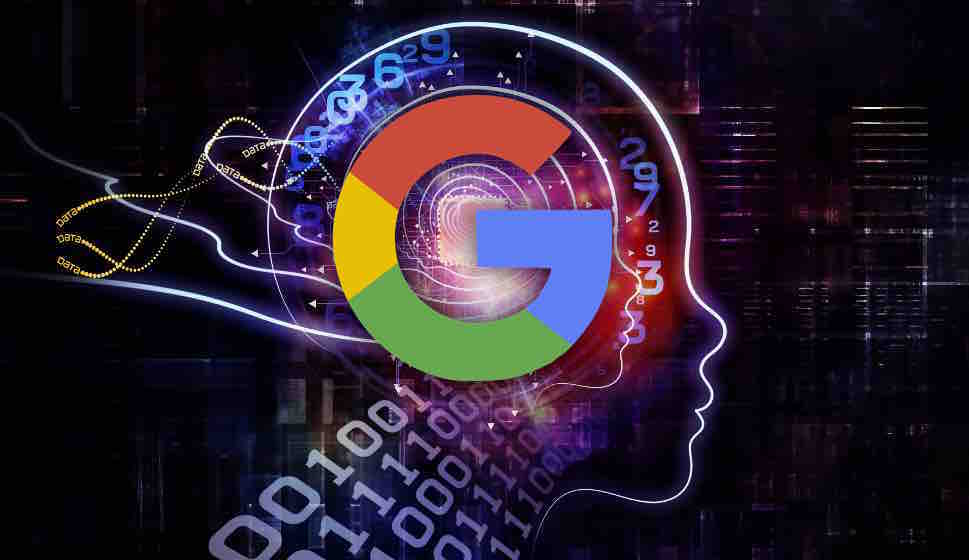
What is automated learning? It's basically the process that automates all the steps of machine learning, including model selection, tuning hyperparameters, and so forth. It covers every step of the machine learning process from the initial training of the model to the analysis of the data. Continue reading for more information. See our other articles. We will discuss how to use autoML in detail. This will help you get started on your machine learning journey.
Automated model selection
Model selection is the process where you choose one model among many. The selection process may be affected by several competing concerns, such as complexity, maintainability, and available resources. There are many methods available for model selection, such as probabilistic measures and resampling. The following are examples of ML algorithm. Below are some of most commonly used ones. ML algorithms are used for classification problems.
The first step is to divide the data into two parts: the test and training sets. These data sets may be divided into test or training sets. AutoML will then calculate its accuracy and overall performance including the presence of imbalanced classes. It also calculates the median absolute difference between the true and predicted targets to determine if it can achieve the required accuracy. Once the model is selected, it is trained to match the training data set.

Hyperparameter tuning
Hyperparameter optimization seeks to determine the optimal values for parameters that control a learning method. The hyperparameter can be defined as a parameter that is learned when other parameters are evaluated. Ultimately, the hyperparameter value determines how the learning algorithm operates. Auto ML has a crucial component: hyperparameter tuning. These tips will help you select the best values for your learning algorithm.
First, define each hyperparameter. Each hyperparameter should have a name similar to the main parameter argument. These names are used by the training service to provide command-line arguments. For more information on the behavior of hyperparameters, you can consult other machine learning techniques as well as community forums. It doesn't really matter how you choose to use autoML. What matters is how it affects your business goals.
Feature selection
The process of creating a model is complicated. Feature selection is crucial. AutoML can be used for creating predictive models of medical conditions using microbial data. It can also be applied to data with low sample sizes and high dimensionality. This AutoML platform focuses on knowledge discovery by identifying minimal-size subsets of biomarkers and returns useful information. Selection of features is a difficult task. Some features are not predictive, while others may become redundant when compared to other features.
AutoML feature selection is about selecting features that are appropriate to the task. Two steps are required for feature selection. The first is random features. Permutation-based feature are used to determine their importance. Finally, the model is trained on selected features. In each step, AutoML uses different methods to detect anomalies. The most relevant features are selected and used for training.

Performance estimation
Performance estimation for AutoML is generally a different algorithm from if you were creating a new model. These models often require many components and are hand-crafted. They can include feature engineering, classification, calibration, as well many algorithms and other hyperparameters. There is no one algorithm that works for all problems. The effectiveness and usefulness of each algorithm are dependent on the problem nature and the dataset.
An AutoML method was used to identify biomarkers among COVID-19 patients in a recent study. The researchers collected gene expression profiles in nasopharyngeal saliva from COVID-19 patients and 54 healthy patients. The first time that a 35.787 feature transcriptomic dataset has been used in classification analysis was when it was the first. The samples were then divided into two sets. The validation set contained 40 COVID-19 patients, and the training set had 299 COVID-19. The AutoML analysis of the datasets revealed that there were two signatures each with thirteen features.
FAQ
What is the latest AI invention
Deep Learning is the newest AI invention. Deep learning is an artificial intelligent technique that uses neural networking (a type if machine learning) to perform tasks like speech recognition, image recognition and translation as well as natural language processing. Google invented it in 2012.
Google's most recent use of deep learning was to create a program that could write its own code. This was achieved by a neural network called Google Brain, which was trained using large amounts of data obtained from YouTube videos.
This allowed the system to learn how to write programs for itself.
IBM announced in 2015 the creation of a computer program which could create music. Music creation is also performed using neural networks. These are known as NNFM, or "neural music networks".
Where did AI originate?
In 1950, Alan Turing proposed a test to determine if intelligent machines could be created. He stated that a machine should be able to fool an individual into believing it is talking with another person.
John McCarthy, who later wrote an essay entitled "Can Machines Thought?" on this topic, took up the idea. John McCarthy, who wrote an essay called "Can Machines think?" in 1956. He described the difficulties faced by AI researchers and offered some solutions.
How does AI work?
An artificial neural system is composed of many simple processors, called neurons. Each neuron receives inputs and then processes them using mathematical operations.
Neurons are arranged in layers. Each layer performs a different function. The first layer gets raw data such as images, sounds, etc. It then sends these data to the next layers, which process them further. Finally, the output is produced by the final layer.
Each neuron also has a weighting number. This value is multiplied with new inputs and added to the total weighted sum of all prior values. If the result exceeds zero, the neuron will activate. It sends a signal to the next neuron telling them what to do.
This is repeated until the network ends. The final results will be obtained.
What uses is AI today?
Artificial intelligence (AI), a general term, refers to machine learning, natural languages processing, robots, neural networks and expert systems. It is also called smart machines.
Alan Turing created the first computer program in 1950. His interest was in computers' ability to think. In his paper "Computing Machinery and Intelligence," he proposed a test for artificial intelligence. This test examines whether a computer can converse with a person using a computer program.
John McCarthy, in 1956, introduced artificial intelligence. In his article "Artificial Intelligence", he coined the expression "artificial Intelligence".
We have many AI-based technology options today. Some are easy to use and others more complicated. They range from voice recognition software to self-driving cars.
There are two main types of AI: rule-based AI and statistical AI. Rule-based relies on logic to make decision. A bank account balance could be calculated by rules such as: If the amount is $10 or greater, withdraw $5 and if it is less, deposit $1. Statistic uses statistics to make decision. A weather forecast may look at historical data in order predict the future.
Who was the first to create AI?
Alan Turing
Turing was conceived in 1912. His mother was a nurse and his father was a minister. At school, he excelled at mathematics but became depressed after being rejected by Cambridge University. He learned chess after being rejected by Cambridge University. He won numerous tournaments. He worked as a codebreaker in Britain's Bletchley Park, where he cracked German codes.
1954 was his death.
John McCarthy
McCarthy was born on January 28, 1928. Before joining MIT, he studied maths at Princeton University. He developed the LISP programming language. In 1957, he had established the foundations of modern AI.
He died in 2011.
What will the government do about AI regulation?
While governments are already responsible for AI regulation, they must do so better. They need to make sure that people control how their data is used. They must also ensure that AI is not used for unethical purposes by companies.
They also need ensure that we aren’t creating an unfair environment for different types and businesses. For example, if you're a small business owner who wants to use AI to help run your business, then you should be allowed to do that without facing restrictions from other big businesses.
Statistics
- According to the company's website, more than 800 financial firms use AlphaSense, including some Fortune 500 corporations. (builtin.com)
- More than 70 percent of users claim they book trips on their phones, review travel tips, and research local landmarks and restaurants. (builtin.com)
- Additionally, keeping in mind the current crisis, the AI is designed in a manner where it reduces the carbon footprint by 20-40%. (analyticsinsight.net)
- In the first half of 2017, the company discovered and banned 300,000 terrorist-linked accounts, 95 percent of which were found by non-human, artificially intelligent machines. (builtin.com)
- While all of it is still what seems like a far way off, the future of this technology presents a Catch-22, able to solve the world's problems and likely to power all the A.I. systems on earth, but also incredibly dangerous in the wrong hands. (forbes.com)
External Links
How To
How to get Alexa to talk while charging
Alexa is Amazon's virtual assistant. She can answer your questions, provide information and play music. It can even hear you as you sleep, all without you having to pick up your smartphone!
Alexa allows you to ask any question. Simply say "Alexa", followed with a question. You'll get clear and understandable responses from Alexa in real time. Alexa will continue to learn and get smarter over time. This means that you can ask Alexa new questions every time and get different answers.
You can also control other connected devices like lights, thermostats, locks, cameras, and more.
Alexa can also be used to control the temperature, turn off lights, adjust the temperature and order pizza.
Alexa to speak while charging
-
Step 1. Turn on Alexa Device.
-
Open the Alexa App and tap the Menu icon (). Tap Settings.
-
Tap Advanced settings.
-
Select Speech recognition.
-
Select Yes, always listen.
-
Select Yes, you will only hear the word "wake"
-
Select Yes and use a microphone.
-
Select No, do not use a mic.
-
Step 2. Set Up Your Voice Profile.
-
Select a name and describe what you want to say about your voice.
-
Step 3. Step 3.
Followed by a command, say "Alexa".
You can use this example to show your appreciation: "Alexa! Good morning!"
Alexa will reply to your request if you understand it. For example, "Good morning John Smith."
Alexa will not respond to your request if you don't understand it.
After making these changes, restart the device if needed.
Notice: If you modify the speech recognition languages, you might need to restart the device.